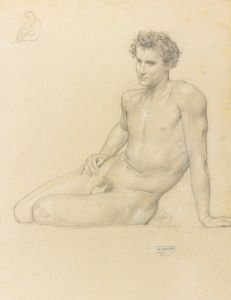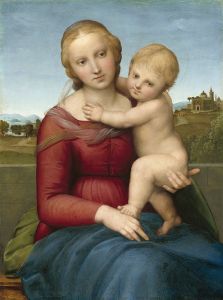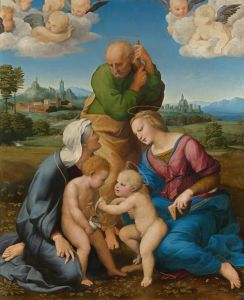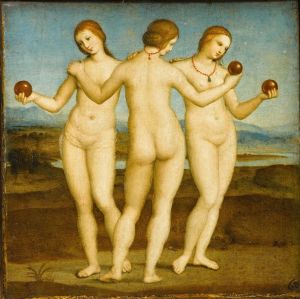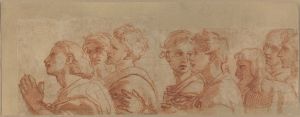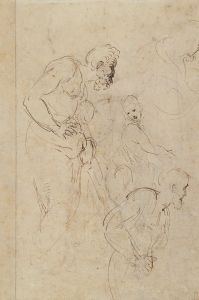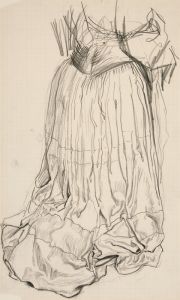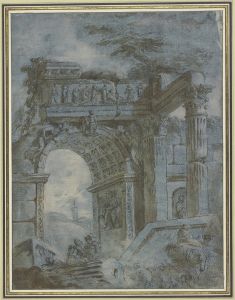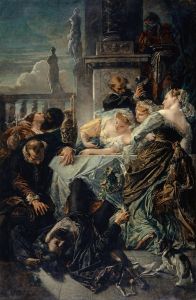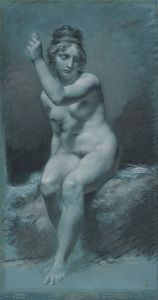
Lucretia
A hand-painted replica of Raphael’s masterpiece Lucretia, meticulously crafted by professional artists to capture the true essence of the original. Each piece is created with museum-quality canvas and rare mineral pigments, carefully painted by experienced artists with delicate brushstrokes and rich, layered colors to perfectly recreate the texture of the original artwork. Unlike machine-printed reproductions, this hand-painted version brings the painting to life, infused with the artist’s emotions and skill in every stroke. Whether for personal collection or home decoration, it instantly elevates the artistic atmosphere of any space.
"Lucretia" is a painting attributed to the Italian Renaissance artist Raphael. The artwork depicts the Roman noblewoman Lucretia, a figure from ancient Roman history known for her tragic story of virtue and sacrifice. According to historical accounts, Lucretia took her own life after being assaulted, an act that became a symbol of honor and integrity in Roman culture. Her story played a significant role in the events leading to the overthrow of the Roman monarchy and the establishment of the Roman Republic.
The painting portrays Lucretia in the moment of her suicide, holding a dagger poised against her chest. Raphael's depiction emphasizes her emotional strength and moral resolve, capturing a sense of dignity and tragedy. The composition reflects the artist's mastery of human anatomy and expression, hallmarks of the High Renaissance style. The figure of Lucretia is rendered with a delicate balance of realism and idealization, showcasing Raphael's ability to convey both physical beauty and psychological depth.
The exact date of the painting's creation is uncertain, but it is generally believed to have been produced during Raphael's early career, likely between 1504 and 1508. This period corresponds to Raphael's time in Florence, where he was influenced by the works of Leonardo da Vinci and Michelangelo. The painting's style and technique suggest that it was created during this formative phase, as Raphael was developing his distinctive approach to composition and figure drawing.
The medium of the painting is oil on panel, a common choice for Renaissance artists. The dimensions of the artwork are relatively small, indicating that it may have been intended for private devotion or as part of a collector's cabinet. The painting is notable for its refined use of color and light, which enhance the emotional impact of the scene.
The current location of "Lucretia" is the Museum of Fine Arts in Boston, where it is part of the museum's European art collection. The painting has been the subject of scholarly analysis, with experts examining its attribution, provenance, and historical context. While the attribution to Raphael is widely accepted, some art historians have debated the possibility of workshop involvement or the influence of other artists on the work.
"Lucretia" exemplifies Raphael's ability to blend classical themes with Renaissance ideals, creating a timeless representation of a historical and moral narrative. The painting continues to be admired for its artistic quality and its poignant portrayal of a legendary figure from antiquity.





